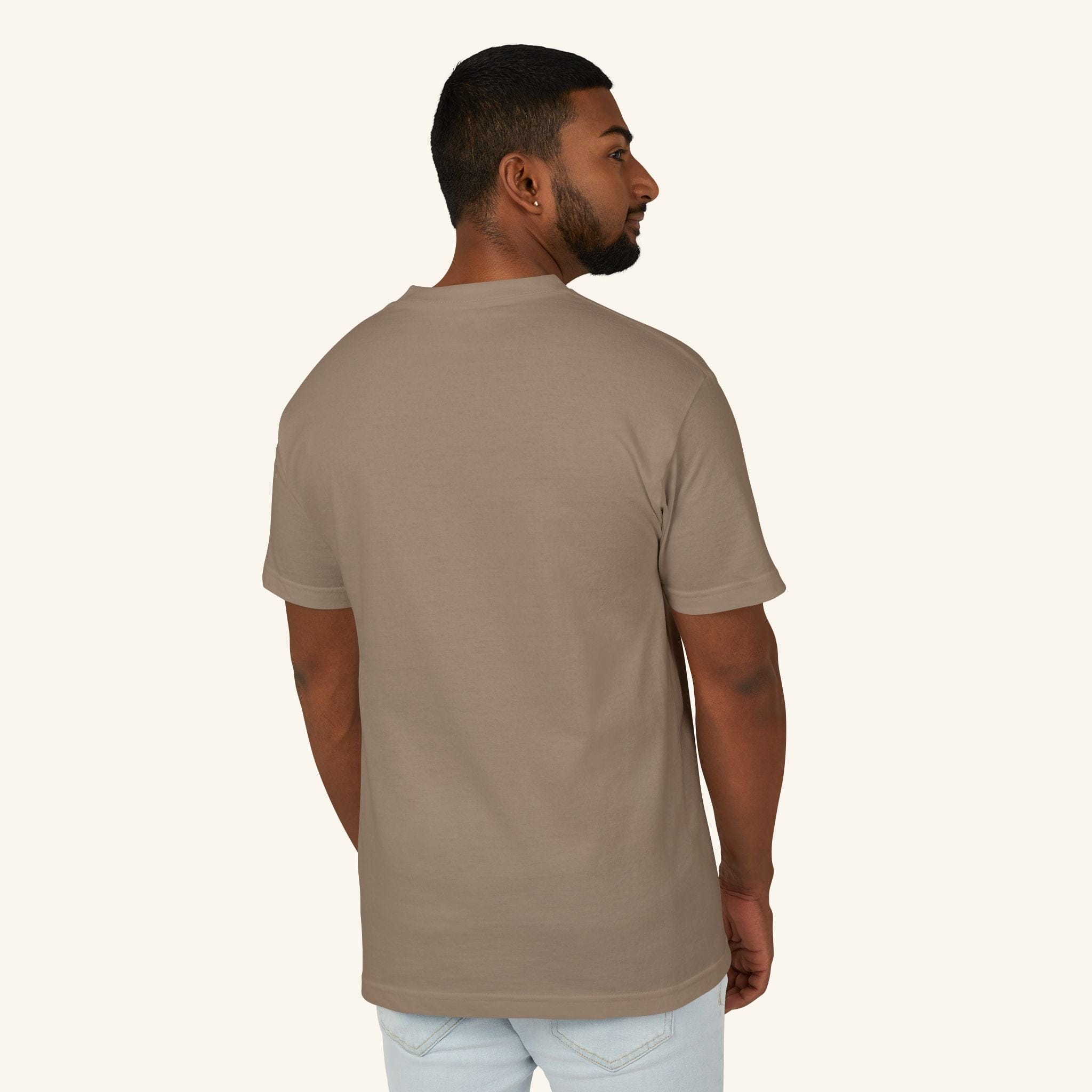Autism Research and Behavioral Studies

Written by the HeyASD Editorial Team
On This Page
Frequently asked questions
What are some recent findings in autism research that can help me understand my experience better?
How can behavioral studies in autism inform effective support strategies for daily life?
What sensory-friendly living tips can make my home environment more comfortable?
How do autism support strategies vary for different sensory needs?
Are there clothing options, like soft t-shirts, that can help with sensory sensitivities?
Where can I find reliable disability support resources tailored to autistic individuals?
How can I use insights from behavioral studies to improve communication and relationships?
What are some calming techniques or tools that are recommended for sensory regulation?
Can Autism-themed decor or calming blankets contribute to a more supportive sensory environment?

About the HeyASD Editorial Team
Autistic‑owned • Values‑led • Sensory‑friendly design
We are autistic creators, writers, and advocates dedicated to producing resources that are practical, sensory-aware, and grounded in lived experience. Our mission is to make information and products that support the autistic community accessible to everyone, without jargon or condescension. Learn more about our team.
This article is written from lived autistic experience and an evidence-aware perspective. It is for general informational purposes only and should not be taken as medical, legal or therapeutic advice.
Always consult a qualified clinician or occupational therapist for individual needs and circumstances.

About Our Autism Blog
HeyASD isn’t just a store, it’s a calm, supportive space created by and for autistic adults. Our blog shares sensory-friendly tips, identity-affirming stories, and heartfelt resources for navigating life as an autistic person. Whether you're late-diagnosed, exploring your needs, or supporting someone you love, you're welcome here.
Thank you for reading. We hope these resources bring comfort and clarity.




































